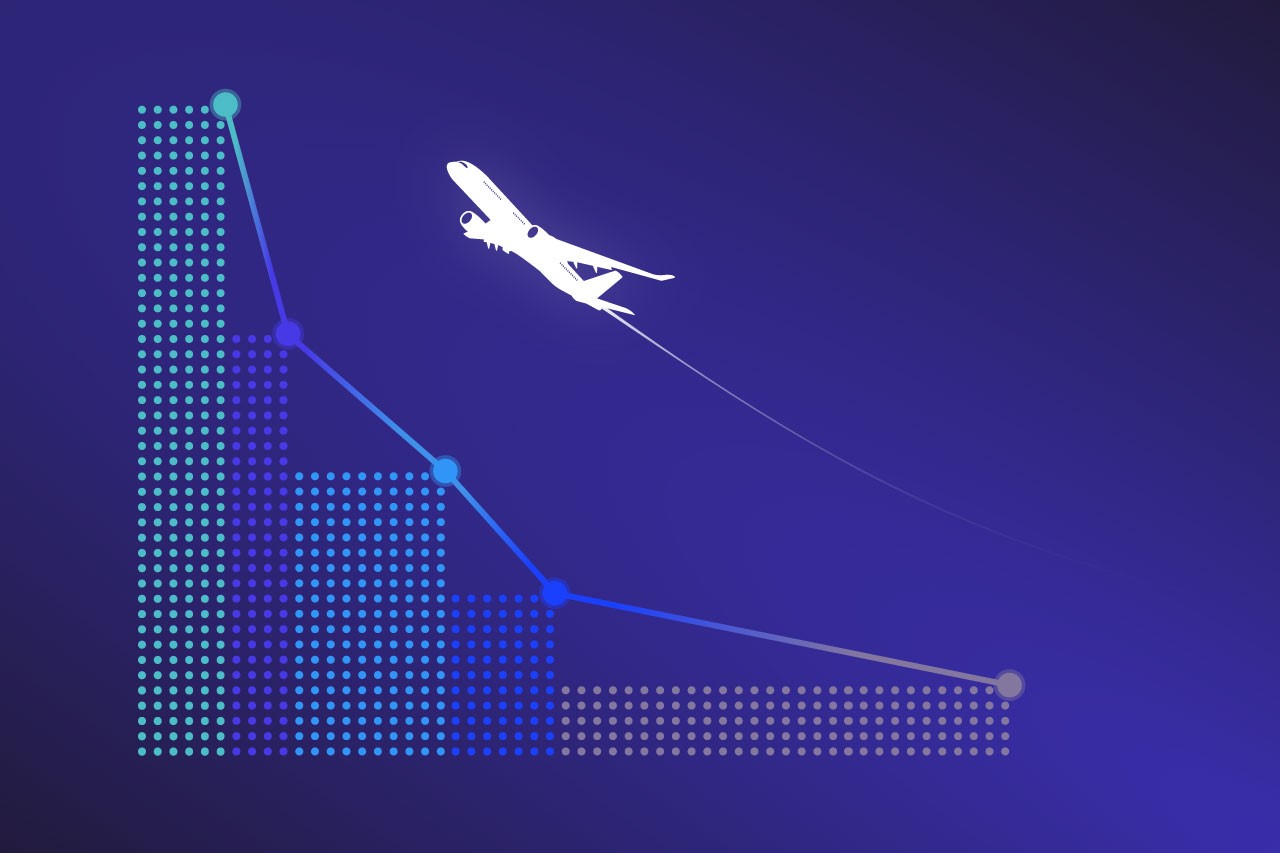
Ever wondered what makes the airline market tick? Airline market dynamics are influenced by a mix of factors, from fuel prices to passenger demand. Fuel costs can make or break an airline's budget, while passenger demand shifts with seasons, holidays, and global events. Competition among airlines drives ticket prices up or down, impacting how often people fly. Government regulations also play a big role, affecting routes and safety standards. Technological advancements bring new efficiencies but also require hefty investments. Economic conditions can either boost travel or ground it. Understanding these dynamics helps explain why your ticket price fluctuates and why some airlines thrive while others struggle.
Key Takeaways:
- Airlines have evolved from small propeller planes to massive jets, shaping the way we travel. From the first commercial flight in 1914 to the introduction of wide-body aircraft, the industry has seen remarkable changes.
- The airline market is highly competitive, driving innovation and affecting pricing. With low-cost carriers disrupting the market, alliances forming among major airlines, and the impact on the global economy, the industry continues to evolve.
The Evolution of Airlines
Airlines have come a long way since the early days of aviation. From small, propeller-driven planes to massive jets, the industry has seen remarkable changes.
- The first commercial airline flight took place on January 1, 1914, between St. Petersburg and Tampa, Florida.
- In 1952, the de Havilland Comet became the first commercial jet airliner, revolutionizing air travel.
- The Boeing 747, introduced in 1970, was the first wide-body aircraft, capable of carrying over 400 passengers.
Airline Market Competition
The airline market is highly competitive, with numerous players vying for passengers. This competition drives innovation and affects pricing.
- Low-cost carriers (LCCs) like Southwest Airlines and Ryanair have disrupted the market by offering cheaper fares.
- Major airlines often form alliances, such as Star Alliance and SkyTeam, to expand their networks and offer more destinations.
- Frequent flyer programs are a key strategy for airlines to retain customers and encourage repeat business.
Economic Impact of Airlines
Airlines play a significant role in the global economy, contributing to job creation and economic growth.
- The airline industry supports over 65 million jobs worldwide, including pilots, flight attendants, and ground staff.
- Airports generate significant revenue for local economies through tourism and business travel.
- Cargo airlines are essential for global trade, transporting goods quickly and efficiently across continents.
Technological Advancements in Aviation
Technology has transformed the airline industry, making flights safer, more efficient, and more comfortable.
- Modern aircraft are equipped with advanced avionics systems that enhance navigation and safety.
- In-flight entertainment systems have evolved from simple screens to personalized, on-demand content.
- Airlines are investing in more fuel-efficient planes, such as the Boeing 787 Dreamliner, to reduce environmental impact.
Environmental Concerns and Sustainability
The airline industry faces increasing pressure to address its environmental footprint and adopt sustainable practices.
- Airlines are exploring alternative fuels, such as biofuels, to reduce carbon emissions.
- Carbon offset programs allow passengers to compensate for their flight's environmental impact by funding green projects.
- Some airlines are implementing zero-waste initiatives, aiming to reduce the amount of waste generated during flights.
Future Trends in the Airline Industry
The future of airlines looks promising, with several trends set to shape the industry in the coming years.
- Electric and hybrid aircraft are being developed to offer more sustainable travel options.
- Supersonic jets, like the proposed Boom Overture, aim to cut travel times significantly, potentially making long-haul flights much shorter.
Final Thoughts on Airline Market Dynamics
Airline market dynamics are fascinating. From fluctuating fuel prices to seasonal travel trends, many factors shape this industry. Understanding these elements helps travelers make informed decisions and airlines optimize operations.
Airlines constantly adapt to economic shifts, technological advancements, and passenger preferences. This adaptability ensures they stay competitive and meet customer needs.
For travelers, knowing when to book flights and how airlines price tickets can lead to significant savings. Awareness of market trends can also enhance the overall travel experience.
In essence, the airline industry is a complex, ever-changing landscape. Staying informed about its dynamics benefits both passengers and airlines. Whether you're a frequent flyer or an occasional traveler, understanding these facts can make your journeys smoother and more cost-effective. Keep these insights in mind next time you plan a trip or analyze the aviation sector.
Frequently Asked Questions
Was this page helpful?
Our commitment to delivering trustworthy and engaging content is at the heart of what we do. Each fact on our site is contributed by real users like you, bringing a wealth of diverse insights and information. To ensure the highest standards of accuracy and reliability, our dedicated editors meticulously review each submission. This process guarantees that the facts we share are not only fascinating but also credible. Trust in our commitment to quality and authenticity as you explore and learn with us.


